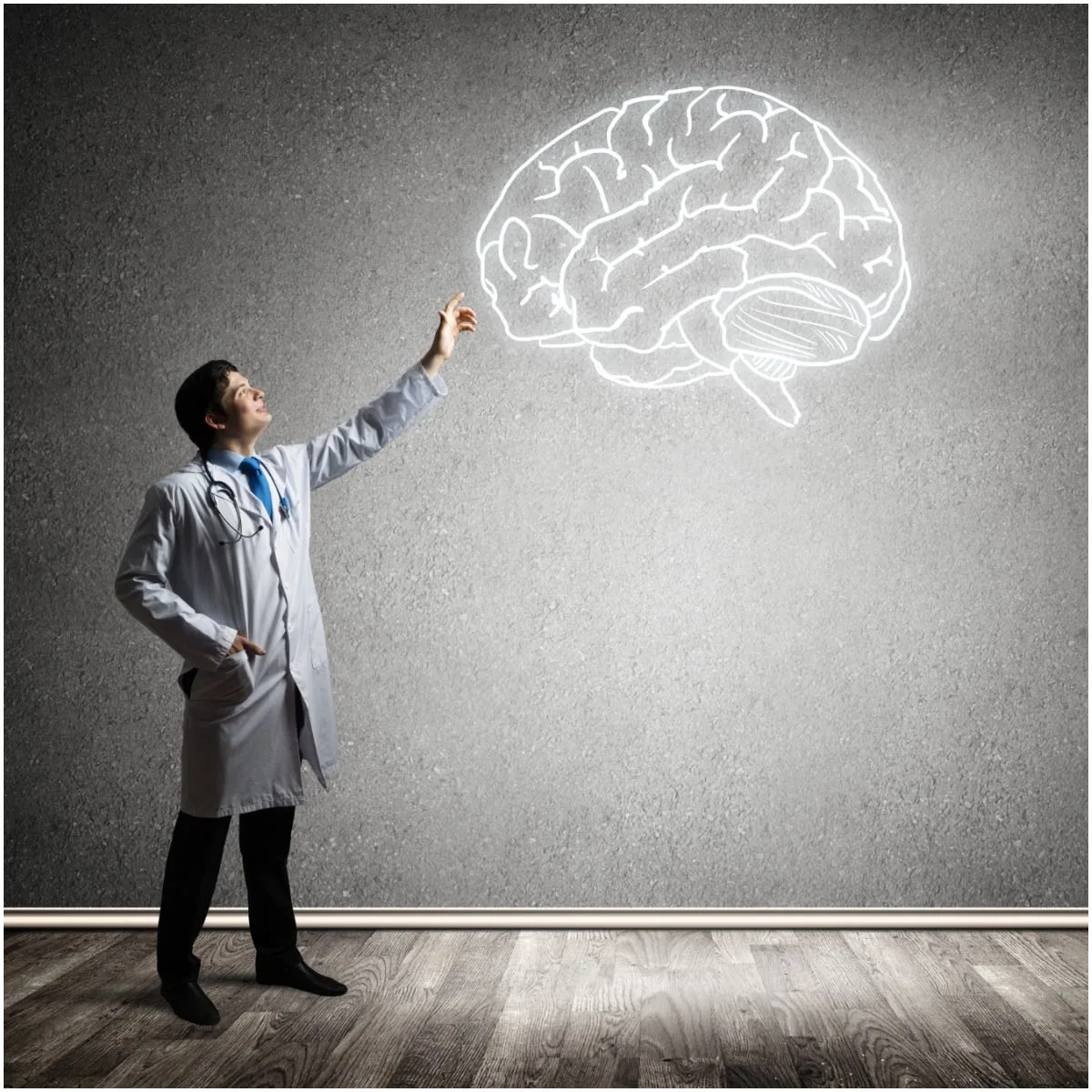What are the possible side effects of stink beans?
Petai beans (scientific name – Parkia speciosa), also known as stink bean, is a plant indigenous to Southeast Asia.
They belong to the family Fabaceae, alongside soybeans, garden peas, peanuts, and alfalfa.
These beans grow in a tall rainforest tree that can reach anywhere between 15 to 45 meters in height.
The tree is usually found in tropical regions, such as – Indonesia, Malaysia, the Philippines, and Thailand.
Taste
Petai beans have a unique taste which is similar to that of garlic, however, it has no burning or pungency spiciness.
Nutrition Facts of Parkia Speciosa
They are a good source of protein, healthy fats, dietary fiber, iron, calcium, phosphorus, potassium, magnesium, manganese, zinc, copper, vitamin B1, vitamin B2, vitamin B5, vitamin B6, folate, vitamin C, and vitamin E.
Other important compounds include – palmitic acid, linoleic acid chloride, myristic acid (a saturated fatty acid), linoleic acid, undecanoic acid, arachidonic acid, and 2-hexyl-1-decanol.
Health Benefits of Stink Beans

Holger Kleine/Shutterstock
Healthy Bones
100 grams of stink beans have 115 mg of phosphorus which is about 14 percent of the daily recommended intake.
Phosphorus is an essential mineral that protects the bones from osteoporosis as well as supports normal cell function in the body.
This mineral is also essential for healthy teeth, and it is a building block of the genetic information, the DNA, and the information transcribing RNA.
Brain Health
Potassium is an important mineral in the human body. You need enough potassium if you want your nervous system and brain to function correctly.
Also, by neutralizing metabolic acids, this mineral conserves calcium and reduces urinary calcium loss.
Symptoms of a potassium deficiency can include – dehydration, severe headaches, swelling of glands and tissues, and heart palpitations.
100 grams of stink beans have 341 mg of potassium which is about 12 percent of the daily recommended intake.
Improved Mood

Just Life/Shutterstock
Magnesium is an essential mineral that is found in almost all cells and is used for over 500 chemical reactions in the human body.
Regularly eating foods rich in magnesium is a simple method to improve your mood, enhance your physical and mental performance, and keep you at excellent performance levels.
Research has also established that individuals with low levels of Mg tire more easily, therefore, it is vital to ensure you have the proper levels of magnesium to help you get through your day.
100 grams of petai beans have 29 mg of magnesium which is about 8 percent of the daily recommended intake.
Prevention of Iron Deficiency Anemia
Iron is one of the components of hemoglobin, the substance in red blood cells that helps blood transport oxygen throughout your body.
If there is not sufficient iron, your body struggles to effectively carry oxygen, ultimately leaving you feeling fatigued, both mentally and physically.
100 grams of these beans have 2.7 mg of iron, which is about 15 percent of the daily recommended intake.
Tip – to increase the absorption of iron from plant sources (called non-heme iron), it is recommended to eat them with a good source of vitamin C, like – kiwi, citrus fruits, bell peppers, or strawberries.
Protein
Proteins are organic molecules that are made up of amino acids. The organs, muscles, and immune system are made up mostly of protein. Also, protein helps replace, maintain, and build the tissues in the physical body.
Consuming food rich in protein could reduce the level of LDL (bad) cholesterol and triglycerides, according to a meta-analysis of 38 clinical studies.
Other benefits of protein include:
- boosting a stronger immune system;
- providing energy;
- restoring cells and tissues;
- maintaining youthful skin;
- sustaining bone health.
100 grams of stink beans have 16 grams of protein which is about 17 percent of the daily recommended intake.
READ MORE: Cerasee Tea – Benefits & Side Effects
Weight Loss

Stock-Asso/Shutterstock
There are two types of dietary fiber: insoluble and soluble.
Insoluble fiber accelerates the passage of waste and food. Insoluble fiber doesn’t absorb water or dissolve. It is found in foods such as wheat bran, whole-wheat flour, beans, nuts, and vegetables.
Soluble fiber absorbs water from food, which slows down digestion. This is helpful for supporting healthy cholesterol and blood sugar (glucose) levels. Soluble fiber is found in foods such as barley, oats, beans, peas, citrus fruits, and apples.
According to research, adding more foods high in dietary fiber can be an effective method to lose weight.
Also, a 2017 British study established that adding 7 grams of dietary fiber a day substantially increased heart health.
100 grams of petai beans have 3.4 grams of dietary fiber which is about 14 percent of the daily recommended intake.
READ MORE: Sodium Benzoate (E211) – Side Effects
Manganese
Manganese is an essential trace mineral that helps form cartilage and bone. In addition, manganese activates the enzymes which play an important role in the metabolism of amino acids, carbohydrates, and cholesterol.
Manganese also combats histamine (a neurotransmitter that is involved in allergic reactions) and reproductive weakness.
100 grams of these beans have 0.5 mg of manganese which is about 22 percent of the daily recommended intake.
Calcium
Calcium is essential for various body functions, like – muscle contraction, nerve impulse transmission, and blood clotting.
Calcium also helps to mediate enzymatic reactions and the secretion of hormones required for cell metabolism.
100 grams of these beans have 185 mg of calcium which is about 18 percent of the daily recommended intake.
READ MORE: Tricalcium Phosphate (E341) In Food – Dangers
Diabetes
These beans have hypoglycemic properties thanks to the presence of stigmasterol, β-sitosterol, and stigmast-4-en-3-one.
Antioxidant Properties
They have a high amount of phenolic compounds. Phenols act as potent antioxidants while exhibiting powerful antibacterial and antiseptic properties.
Some phenolic compounds are thought to be cancer chemopreventives, meaning that they may decrease your risk of developing cancer.
READ MORE: Magnesium Malate: Side Effects
Side Effects of Stink Beans
These beans are safe and there are no scientifically proven side effects, except when eaten raw.
Note – they actually have a better nutritional profile after they are cooked.
All beans contain a compound called lectin, a glycoprotein that is present in numerous commonly-consumed plant foods. The problem is that the lectins found in raw and undercooked beans are toxic.
There are some side effects of lectins in human health and they include – allergic reactions and nutritional deficiencies. But, the most frequent side effects include gastrointestinal distress.
READ MORE: Prunes vs Dates For Constipation
How To Remove Lectins From Beans?
Simple. You just need to soak and cook the beans. This will destroy over 95 percent of the lectin content, therefore, side effects do not occur.
Another side effect of eating stink beans (as the name aptly implies) is that their stink can be pervasive even after ingestion, hence, you will emit an odor characteristic of these beans.
Image credit – Shutterstock
READ THIS NEXT: Side effects of E338
Sources https://www.ag.ndsu.edu/all-about-beans-nutrition-health-benefits https://www.hsph.harvard.edu/calcium-and-milk/calcium-full-story/
